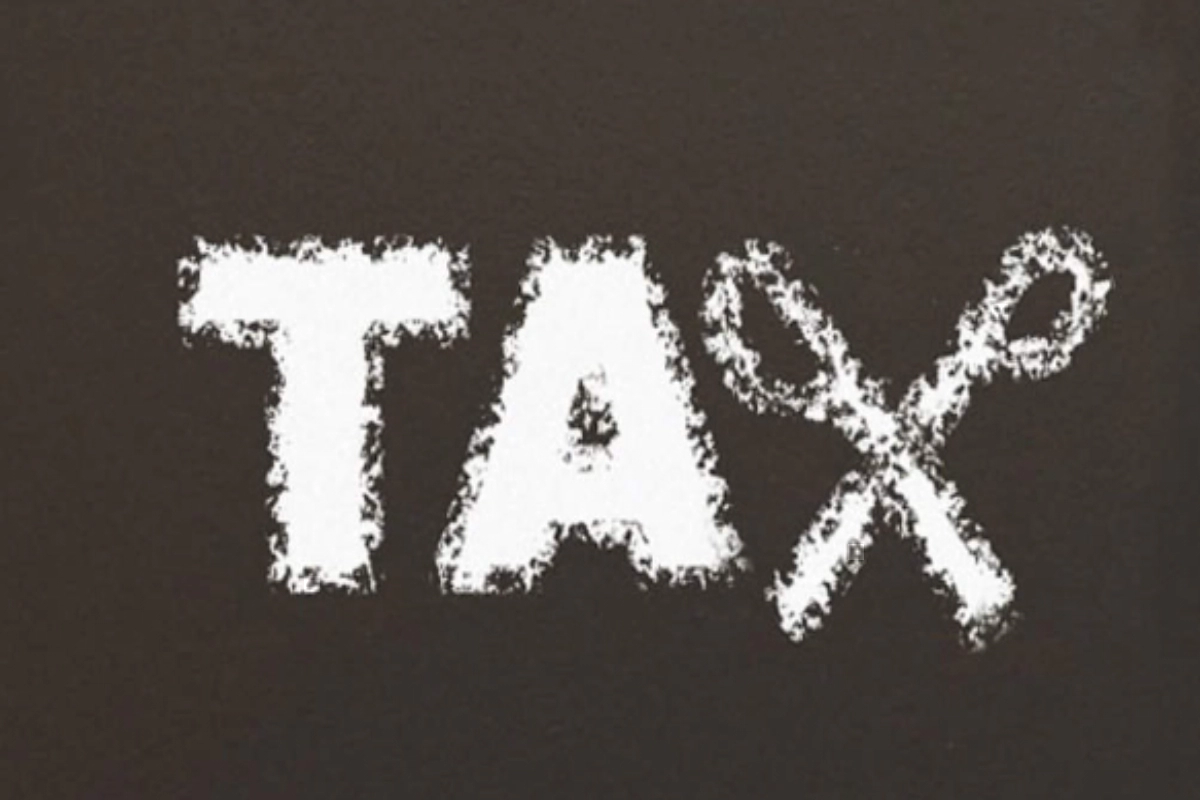Income Tax News: It’s that time of year again, when we go through all of our financial records to look for ways to invest and save our hard-earned money. It’s crucial to look for methods to lower your tax burden as tax season draws near. Even if your pay is on the upper end, say between Rs 20 lakhs and Rs 25 lakhs, keep in mind that there are still techniques to drastically lower your tax liability. In order to help you save money on taxes on 20L income, let’s take a closer look at the different rules that the government and the Income Tax Department have put in place.
Taxation in the New Regime for 20L Income
You should determine whether filing taxes under the new tax regime or the present one will benefit you more before getting into the specifics of lowering taxes on your 20L income. The new tax regime, presented in Budget 2020, had new tax bands and notably lower tax rates than the old tax regime. For salaries between Rs 20 lakhs and Rs 25 lakhs, the highest applicable tax rate under the new tax regime—30%—would be applicable.
It’s interesting to note that your salary would put you in the same 30% tax bracket under the existing tax structure. The kinds of deductions available to you would be the most significant difference between the two regimes. The new tax regimi requires you to give up a number of popular deductions, which will limit your possibilities for tax savings on 20L income. Therefore, filing taxes under the current tax system and utilising all of the available deductions might be the best course of action for you.
Section 80C Deductions
Indian taxpayers have a plethora of tax-saving choices and schemes at their disposal to reduce their tax bill. This is because taxpayers can take advantage of various deductions offered by the Income Tax Department, mainly as a result of the Income Tax Act of 1961. Here are a few of the greatest strategies you can use to reduce your 20L income taxes:
Government-Managed Provident Funds
Most Indian taxpayers avail themselves of the Section 80C deduction. This is because investments made in a range of advantageous instruments qualify for deductions under Section 80C, which allows for maximum deductions of Rs. 1.5 lakhs.
These include government-managed provident funds, such the Employee Provident Fund (EPF) and Public Provident Fund (PPF), which assist you in setting aside money for the future when you quit your employment. They also include market-linked investment options such as Equity Linked Savings Schemes (ELSS) and Unit Linked Insurance Plans (ULIP).
You can also benefit from Section 80C deductions if you invest in a particular kind of fixed deposit called as a Tax Saving Fixed Deposit, which particularly lowers your taxable income. For parents of girls, the Sukanya Samriddhi Yojana is an additional advantageous Section 80C investment, as it establishes a fund for their future needs and education.
National Pension Scheme (NPS)
You can save money for retirement while simultaneously lowering your taxes through the government-backed National Pension Scheme (NPS). With NPS, you can deduct payments made by your employer under Section 80CCD (2), contributions made by your employees under Section 80CCD (1), and contributions made by you personally under Section 80CCD (1B).
Supporting Charities and NGOs
Section 80G of the Income Tax Act also allows you to save taxes on 20L income when you donate to charities, NGOs, and government-backed relief funds. Contributions to these organisations are completely tax deductible.
Keep watching our YouTube Channel ‘DNP INDIA’. Also, please subscribe and follow us on FACEBOOK, INSTAGRAM, and TWITTER











